15. Paul Revere House
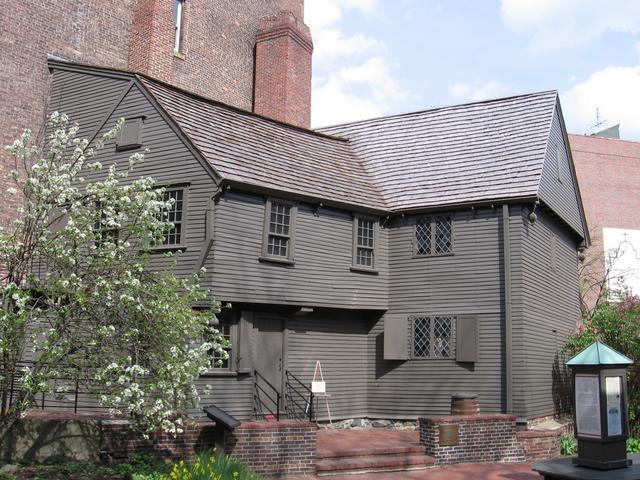
Boston, Massachusetts
The Paul Revere House has been sitting in downtown Boston since 1680, and you'll definitely know it when you see it. The squat wood building has been well-preserved by the Paul Revere Memorial Association, but it certainly sticks out of the landscape. Revere owned the house from 1770 to 1800. It's currently used as a museum, dedicated to its famous tenant, with admissions fees going to help keep the place maintained.
(image via allanpatrick, CC)
14. Fallingwater
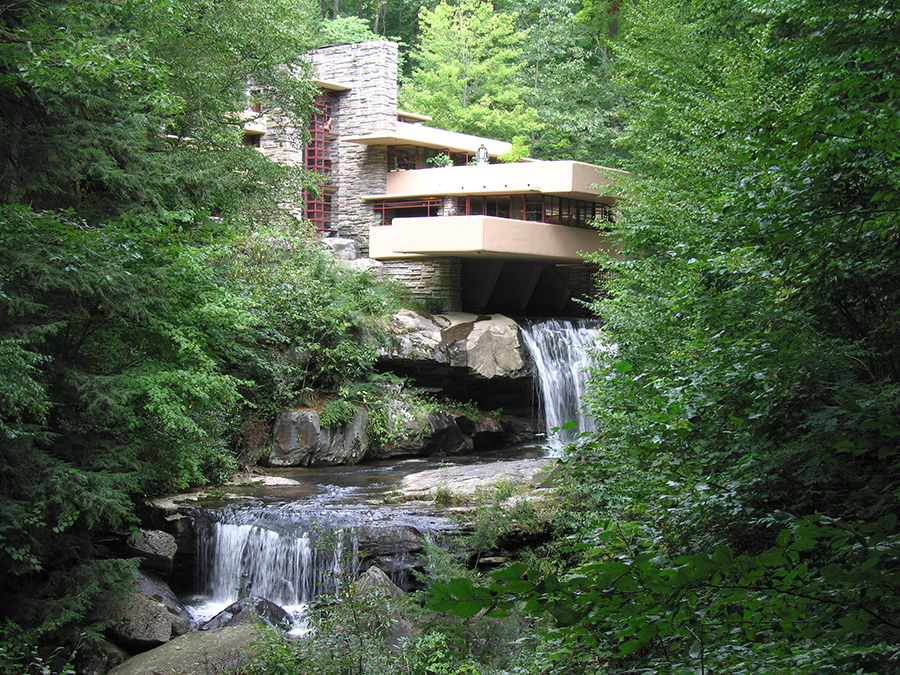
Mill Run, Pennsylvania
Widely regarded as Frank Lloyd Wright's masterpiece, this building was originally commissioned as a residence for Edgar Kaufmann. Fallingwater is striking for its integration with the natural beauty surrounding it. The Kaufmans used it as a weekend home from 1937 to 1963, but their son donated the property to the Western Pennsylvania Conservancy thereafter. It has served as a museum ever since.
(image via pablosanchez, CC)
13. McLean House
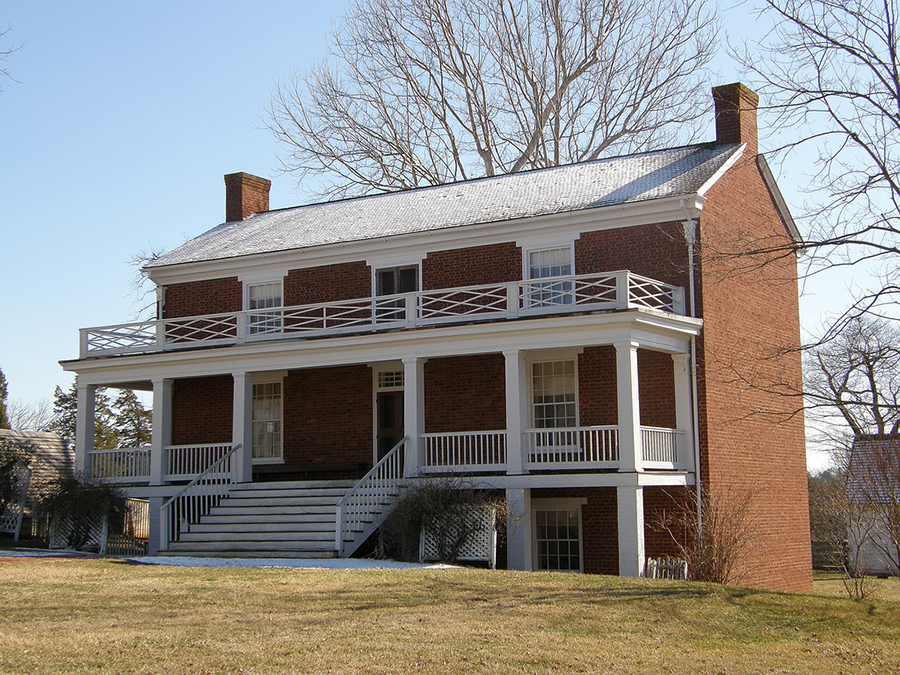
Appomattox, Virginia
In 1861, the Battle of Bull Run broke out on a farm in Virginia owned by a man named Wilmer McLean. Seeking to avoid the war, McLean fled to Appomattox and purchased this house. Appomattox, naturally, became the site of the final battle of the Civil War. The treaty negotiating Lee's surrender to Grant took place in the parlor of this house, owned by a man who was just trying to get away from it all.
12. Brontë Parsonage Museum
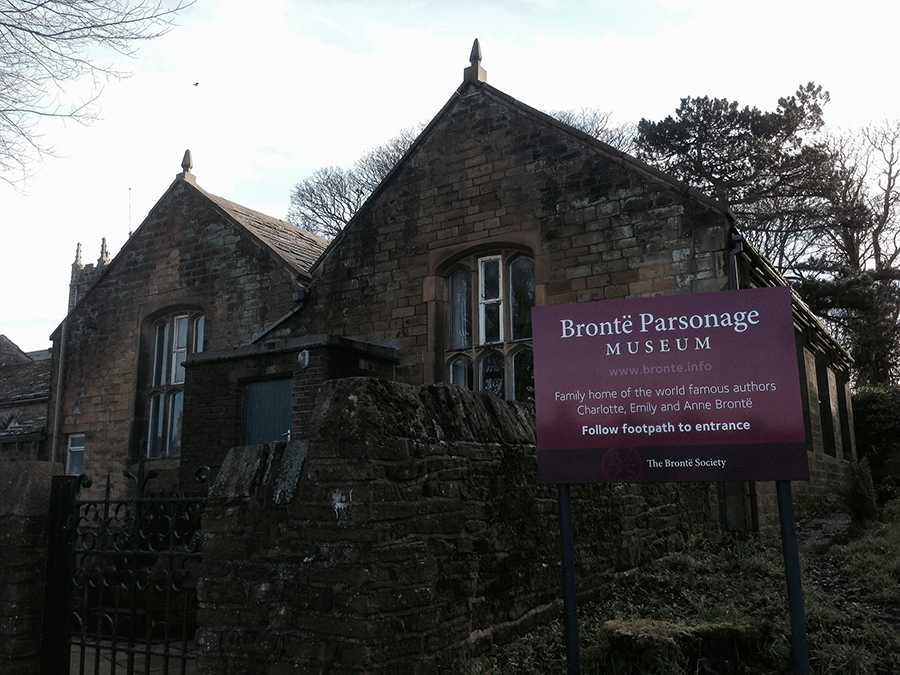
Haworth, England
The childhood home of Charlotte, Emily, and Anne Brontë is a popular destination among literature lovers. Some go for insight into the sisters' childhood. Others go to see what inspired the girls or to look for inspiration of their own. Walking tours through the area point out sites of interest to fans of the authors.
11. Laura Ingalls Wilder House

Mansfield, Missouri
Laura Ingalls Wilder's popular Little House on the Prairie novels were heavily inspired by her childhood. With the publication of her autobiography last year, readers have fresh insight into what that childhood was actually like. (Turns out it was a little rougher than her children's books portrayed it. Who knew?) The combination of the new book and a visit to this gorgeously restored farmhouse in Mansfield, can give even life-long fans an unprecedented look at the beloved author.
10. The 'Full House' House
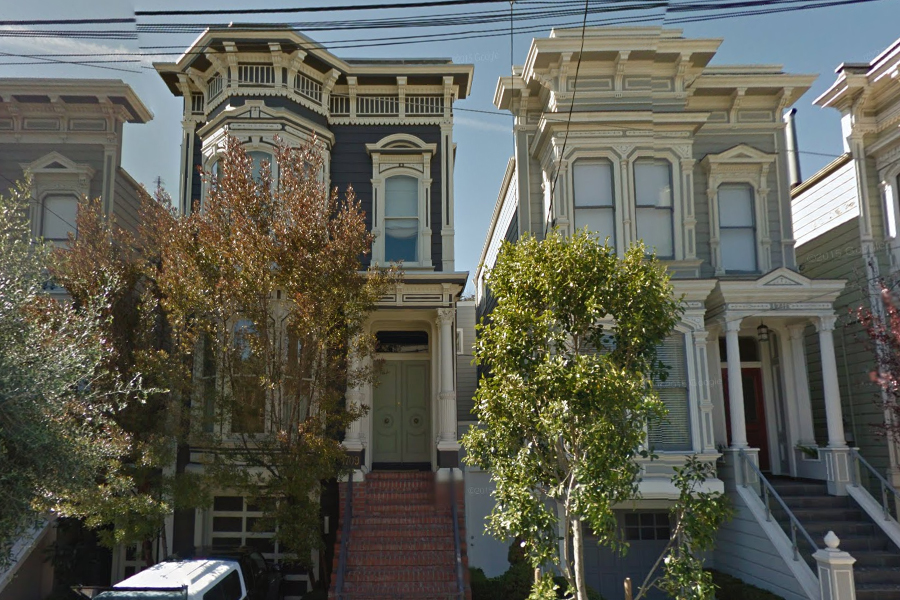
San Francisco, California
Of course, the home was only used for exterior shots—the interior was a set. Still, the exterior is all you need. The famous facade is located at 1709 Broderick Street in San Francisco. The current owners have repainted and planted some trees, probably to prevent gawkers from lingering in their lawn and taking photos, but, come on. Full House.
9. Monticello
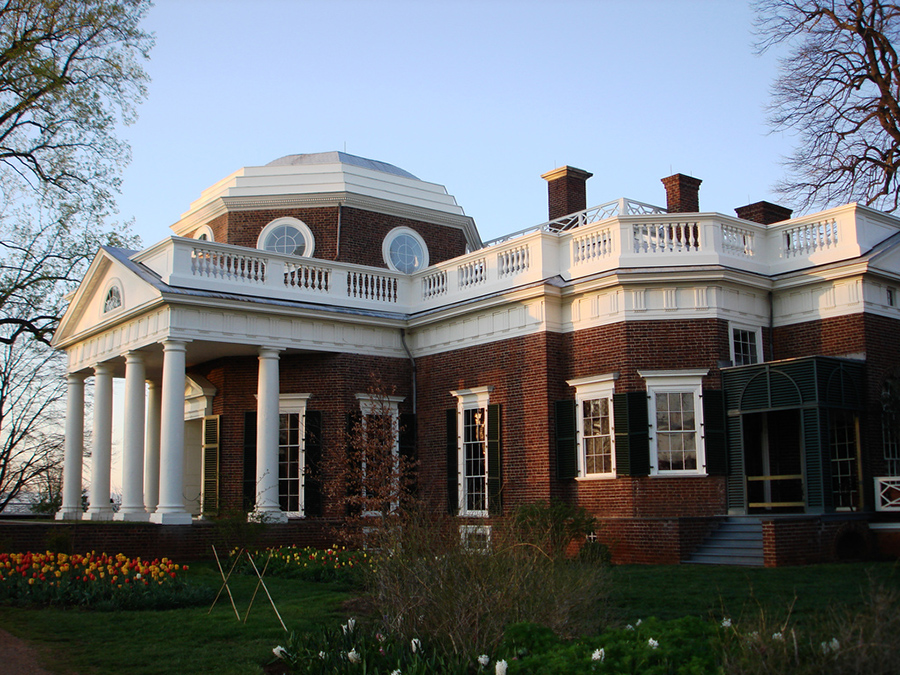
Charlottesville, Virginia
Designed by Thomas Jefferson for himself, this home is famous for a number of reasons. The plantation's gorgeous preservation gives a look at life around the time of the founding of America. It also holds much of its designer's spirit, from the decor to the inventions that dot the historic home. The curators at Monticello are also notable for being forthright about the more problematic aspects of Jefferson's life. No lover of American history should go without taking a look at this home.
(image via chadfennell, CC)
8. Aaron Copland House
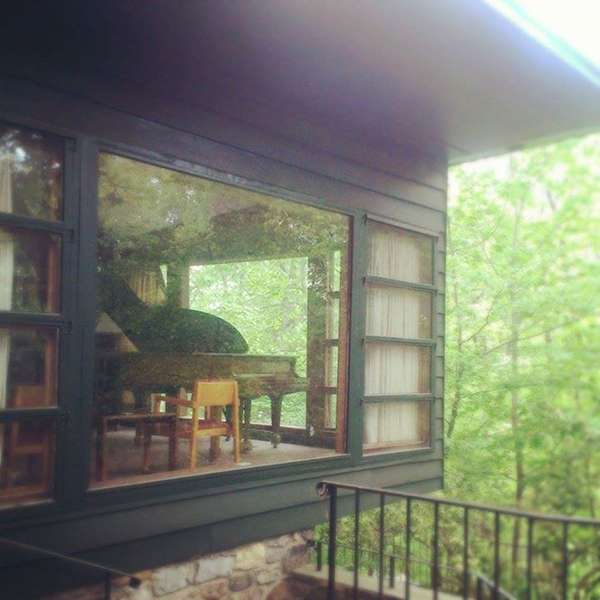
Cordtlandt Manor, New York
Built in the 1940s, this modernist-style ranch house was the home of Aaron Copland from 1960 until his death in 1990. Copland is a cornerstone of 20th-century American art music, and the home exudes his personality. Copland loved the country. Having grown up in New York, he found it easier to write music surrounded by nature—unsurprising, given the sweeping grandiosity of much of his music. This home is included on the National Register of Historic Places and registered as a National Historic Landmark. The home currently houses a composer-in-residence program.
(image via Adam Buffington)
7. 20 Forthlin Road

Liverpool, England
The childhood home of Paul McCartney is considered the birthplace of The Beatles, as Paul and John's early friendship was formed here, and many early Beatles songs were written in this house. Currently owned by the National Trust, both this house and Lennon's childhood home are listed Grade II (on a 3-grade scale) by English Heritage.
(image via openroadscom, CC)
6. Treaty House
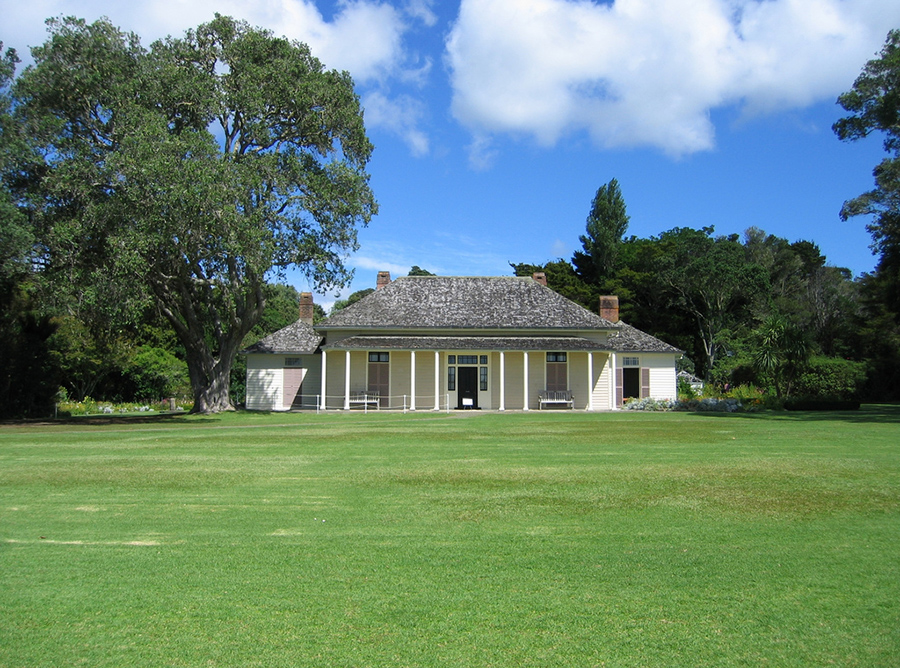
Waitangi, New Zealand
Built for James Busby in 1833, this residence is one of New Zealand's oldest standing houses. It's also the source of a lot of history. It was here that the declaration was signed establishing New Zealand's independence. It was also here that the Waitangi Treaty was signed, establishing the British Colony of New Zealand. The site now houses a museum, dedicated both to the signing of the treaty, and to life in New Zealand in the mid-19th century.
5. Claude Monet's House and Gardens
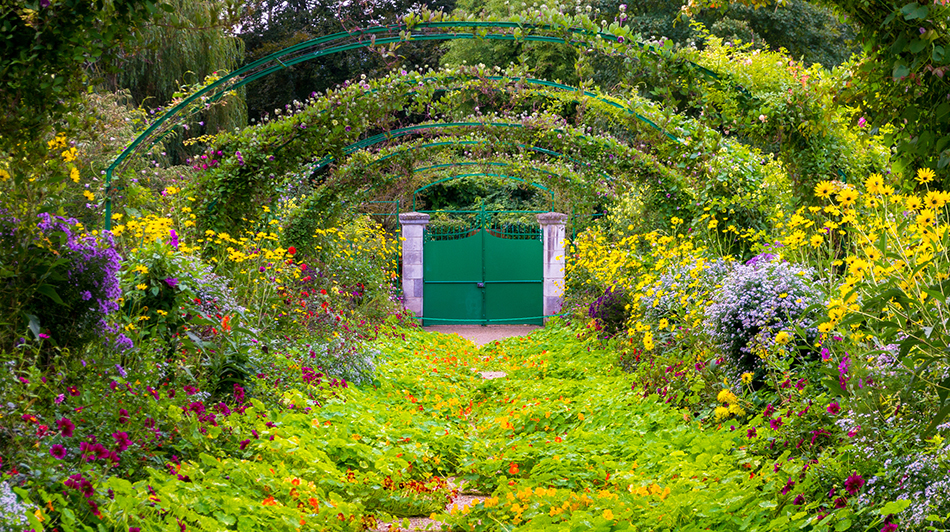
Giverny, France
The home of Claude Monet is known throughout the world because of his paintings. The opportunity to see with your own eyes the landscapes and countryside that inspired Monet's paintings is too rich for many people to pass up. From the water lilies to the garden, over half a million people flock to this small region on the River Seine.
4. Hearst Castle

San Simeon, California
Located halfway between Los Angeles and San Francisco, the home of William Randolph Hearst is a monument to a fascinating figure in American history. In the 20s and 30s, celebrity A-listers from Clark Gable to Winston Churchill flew into the estate for dinner. Today its legacy is captured by the museum on the grounds, and by the enduring popularity of Citizen Kane, whose "Xanadu" estate was inspired by Hearst Castle.
3. Mark Twain House and Museum
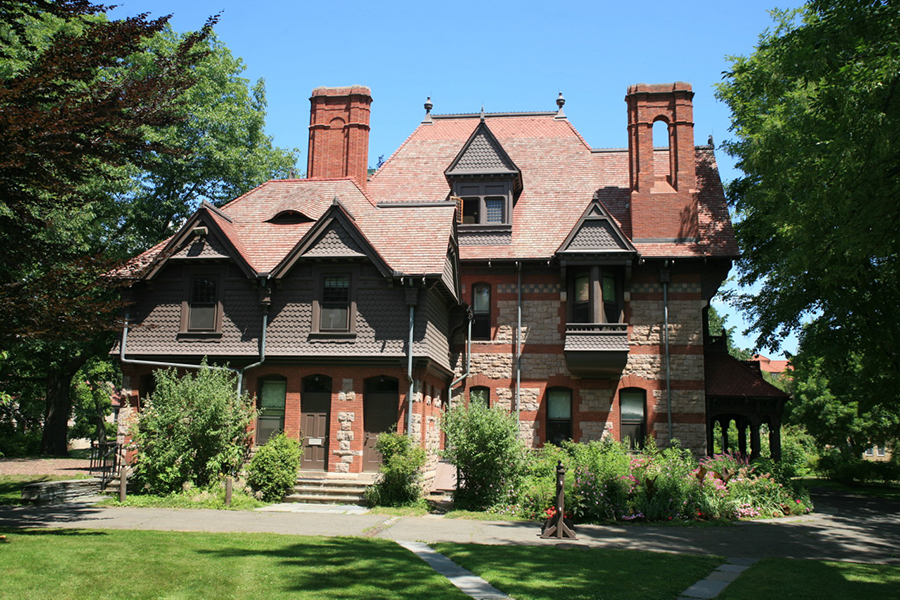
Hartford, Connecticut
This gorgeous Victorian Gothic house has almost as much personality as the irascible satirist who inhabited it. Located in Hartford, Connecticut, this house saw an enormous amount of Twain's most memorable work, including The Adventures of Tom Sawyer and A Connecticut Yankee in King Arthur's Court. Plagued by financial trouble as recently as 2008, the site seems to be on the mend.
2. Anne Frank House
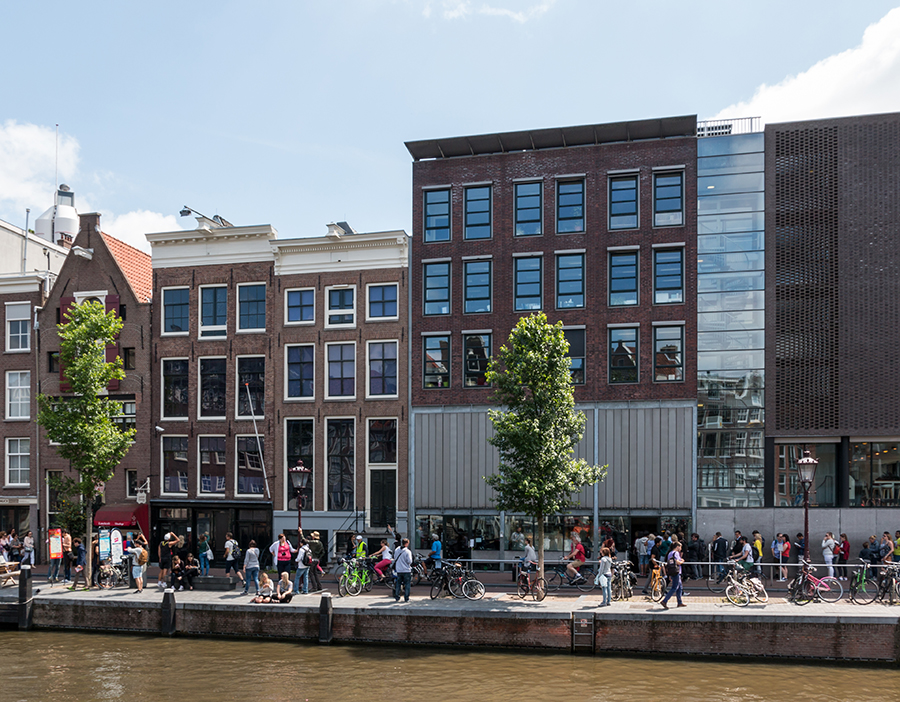
Amsterdam, Netherlands
Sitting on a canal in central Amsterdam, the Anne Frank House serves as a biographical museum dedicated to the memoirist and Holocaust victim who lived there. The building came close to demolition numerous times, but the dedication of Otto Frank—the sole member of the family who survived—helped the preservation effort succeed.
(image via Dietmar Rabich, CC)
1. Palace of Versailles
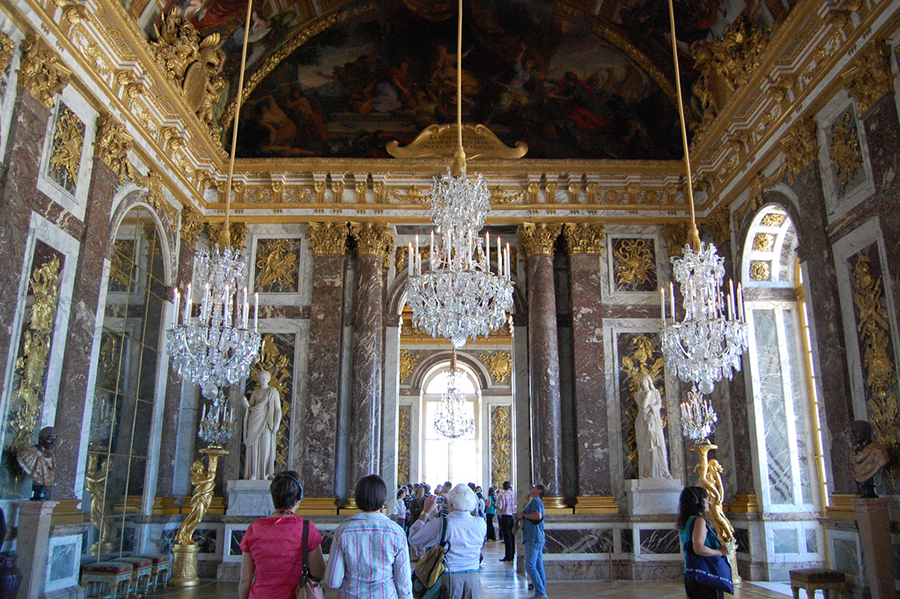
Versailles, France
This list isn't really for palaces, but Versailles holds a unique historical position. It started life as a small cabin, but Louis XIV and his successors expanded the hunting lodge into a sprawling palatial estate that included the royal opera house and a national museum. The house was so ornate that during one financial crisis, the silver furniture was sent to the mint to be melted down into currency. The cost put an enormous strain on the country, and a couple of Louises later, the French Revolution broke out. (Also, Kim and Kanye stayed here the night before their wedding, and the treaty that ended WWI was signed here. Talk about historical significance!)
 Author
Garrett Steele
Last Updated: November 24, 2025
Author
Garrett Steele
Last Updated: November 24, 2025